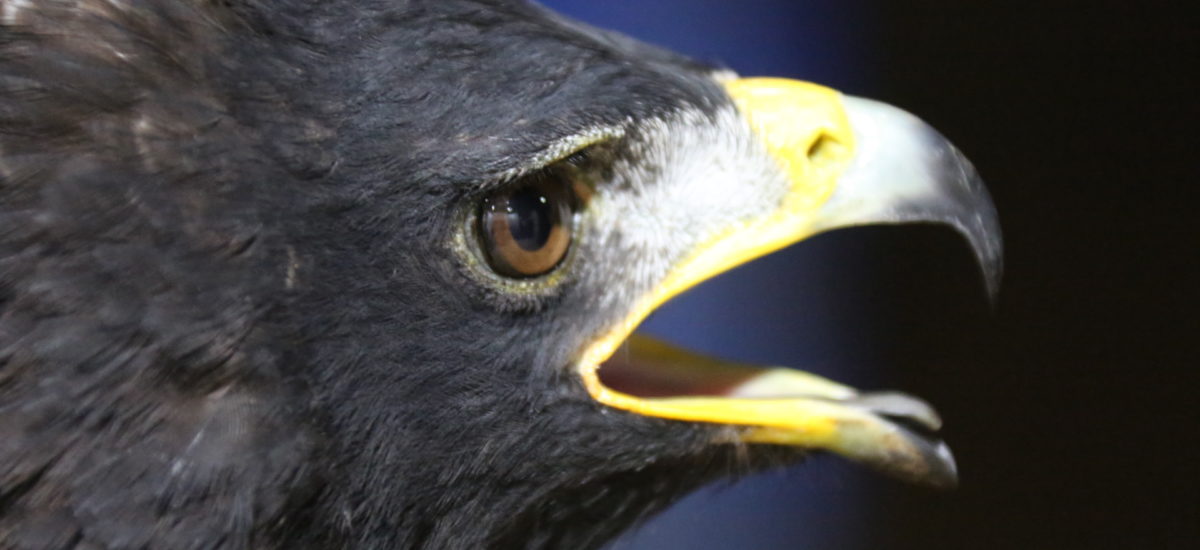Photo courtesy of Michael Weston
Sri Lanka’s bloody civil war left a lasting impression on humans and animals. For me, being part of this study gave me the opportunity to be the first person in my family to return to the north and east and see for myself the changes that had been caused by the war for both humans and wildlife.
From 2015 to 2018, we gathered data from all over the country including former war zones. We systematically approached birds and measured the distance at which they commenced their escape from us. This is known as ‘flight-initiation distance’ or FID. We sampled birds as we encountered them, during extensive fieldwork. We sampled 157 species and measured 1,400 FIDs across a variety of habitats.
We considered that generally, birds respond to humans at longer distances in areas where humans are less common. Since Sri Lanka’s civil war displaced and scattered both human and wildlife populations of the Northern and Eastern Provinces, the avian FID has since increased in the post-war period. As expected we found that birds from war zone areas will take flight earlier when they sense approaching humans, who are perceived as threats. In other words, these birds would have longer FIDs, than those from outside such areas. We found that birds in former war zones had 25% longer FIDs than those birds which didn’t see as much conflict.
We infer that certain threats, such as the hunting of birds and harvesting of their eggs, which presumably increased during wartime, could have contributed to the sense of fear among birds. Larger bird species are preferred by hunters and are experiencing longer lasting trauma than smaller species. In addition habitat degradation caused by the war may have also influenced FIDs, with birds in degraded or open habitats displaying potentially longer FIDs. While the mechanisms linking war and escape responses of birds remain unclear, war evidently have left legacies of behavioural responses in bird species in Sri Lanka.
Conservation highlights the importance of changing problematic human behaviour to benefit wildlife. I found that this study was an opportunity where the findings could aid in this behaviour change. Management plans for threatened species in Sri Lanka should take into account the history of the civil war and its influence on animal behavior. Conservation should be a consideration in post-war recovery, and of course, avoiding any future wars would likely be appreciated by non-human species.
Dr. Kasun Ekanayake and I have Bachelors of Environmental Science (Wildlife and Conservation Biology) from Deakin University, Australia. Associate Professor Michael Weston was the course director. Professor Kithsiri Ranawana from the University of Peradeniya who was our in-country contact. Associate Professor Matthew Symonds from Deakin University was the key player in carrying out the complex data analyses from the study.
Some excerpts from the study:
“War influences wildlife in a variety of ways but may influence their escape responses to approaching threats, including humans, because of its effect on human populations and behavior and landscape change. We collected 1,400 flight initiation distances (FIDs) from 157 bird species in the dry zone of Sri Lanka, where civil war raged for 26 years, ending in 2009. Accounting for factors known to influence FIDs (phylogeny, starting distance of approaches, body mass, prevailing human density, group size, and location), we found that birds have longer FIDs in the part of the dry zone that experienced civil war. Larger birds—often preferred by human hunters—showed greater increases in FID in the war zone, consistent with the idea that war was associated with greater hunting pressure and that larger birds experienced longer-lasting trauma or had more plastic escape behavior than smaller species. While the mechanisms linking the war and avian escape responses remain ambiguous, wars evidently leave legacies that extend to behavioral responses in birds.
“Sometimes wildlife may be targeted specifically, to deny their utilization by the enemy for food or economic gain. Other direct effects of military conflict on wildlife include deforestation, draining of wetlands, and pollution. Compromised governance and investment means protected area and wildlife management are often weakened.”
“Additionally, people are displaced within or from conflict zones and are usually food poor, relying on wildlife and natural food sources for sustenance or trade.”
“The National Parks Service was directly attacked, the war diverted public expenditure away from nature conservation, and enhanced exploitation of natural resources occurred and led to more overharvesting and poaching.”
“An emerging understanding of fear of humans by wildlife also points to individual learning by birds as a possible contributing factor. War may have imparted trauma among birds, with certain interactions between wildlife and humans causing behavioral and neuroanatomical changes. Some long-lived, cognitively complex species even exhibit behavior consistent with post traumatic stress disorder, decades after the conflict ceased.”


